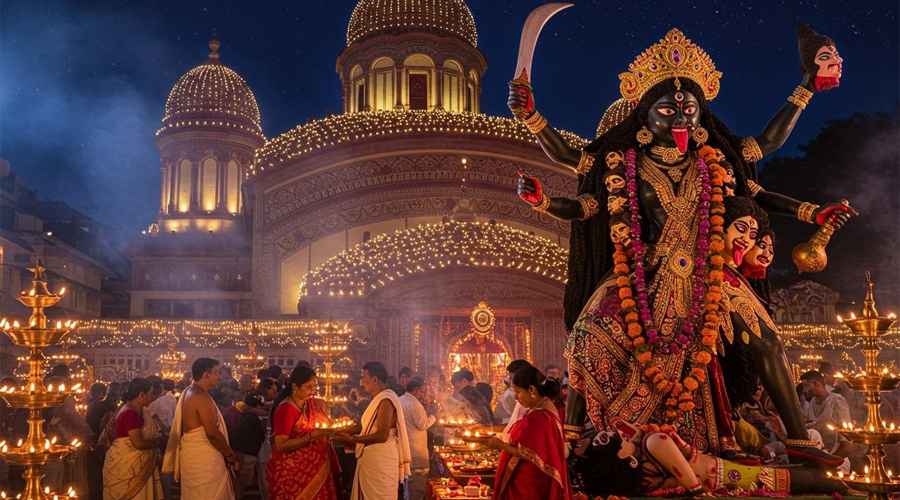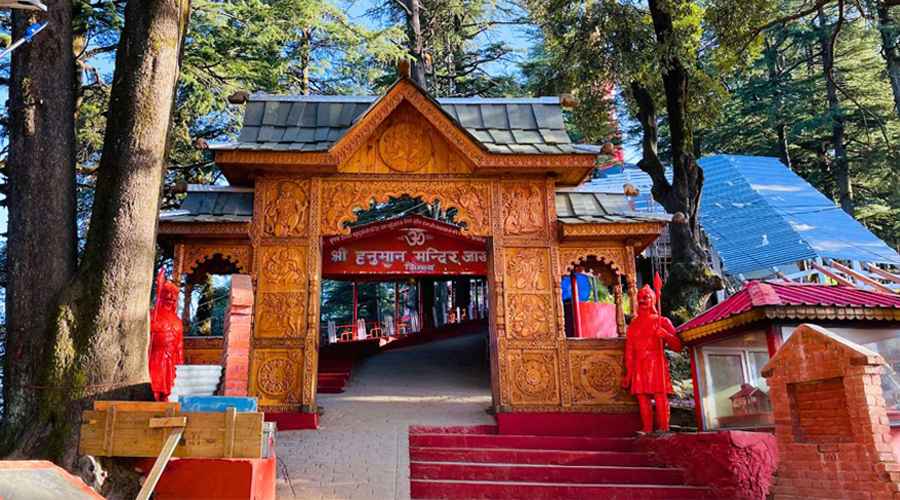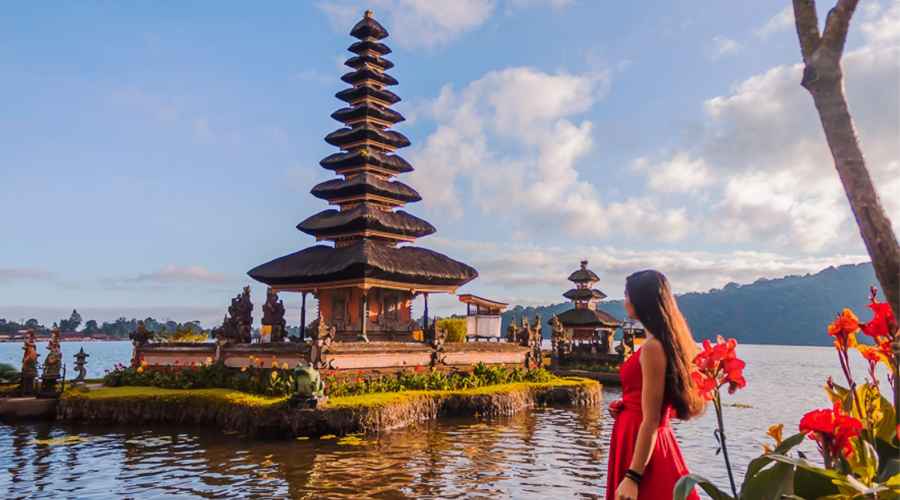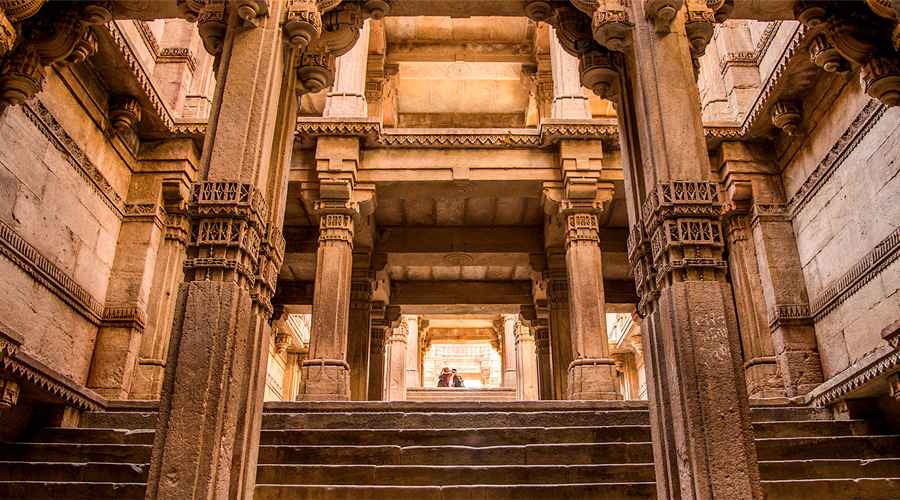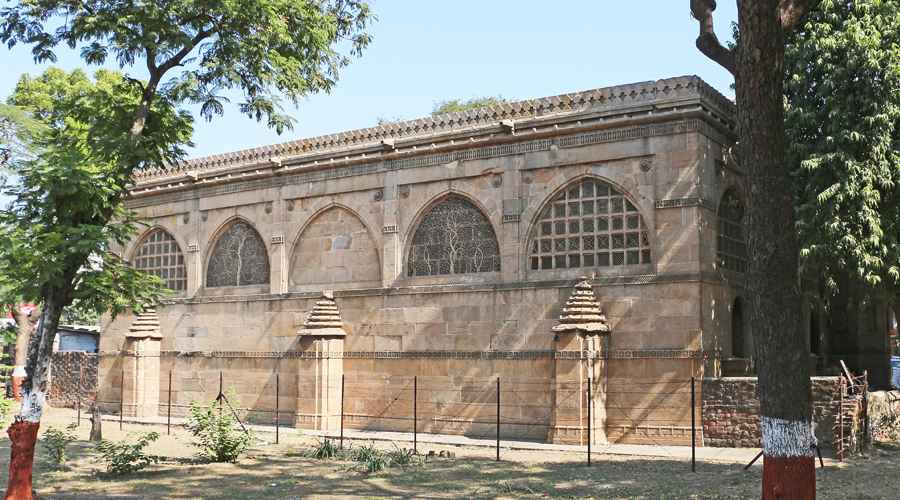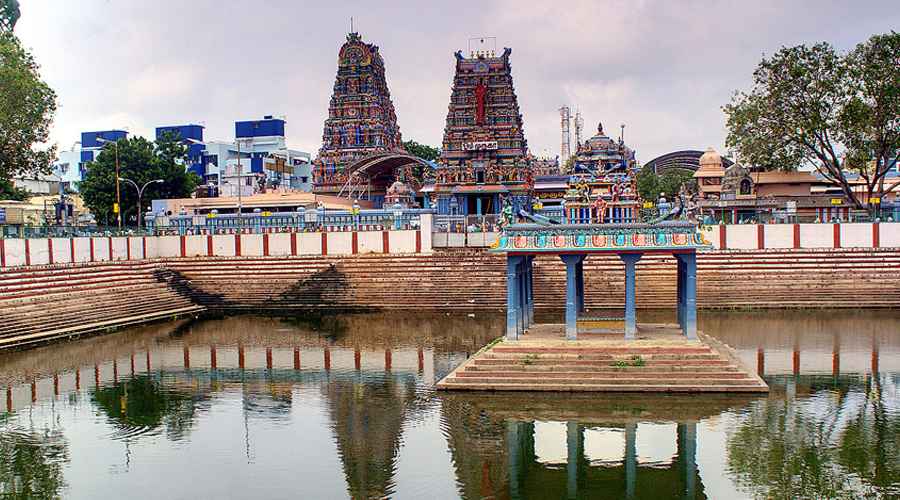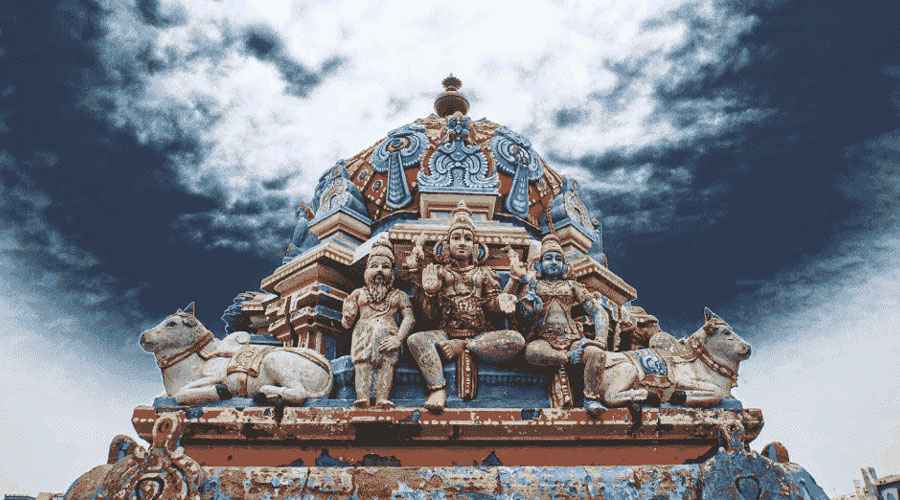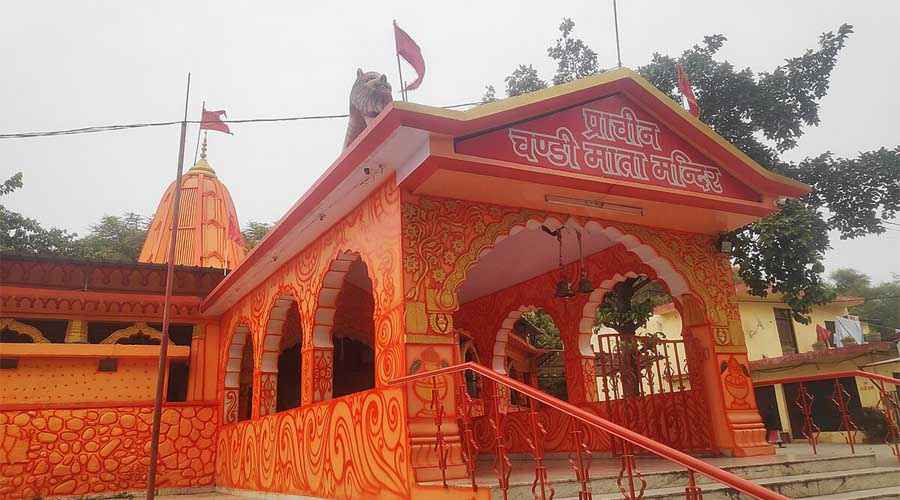The Bharat Mata Temple in Varanasi is a uniquely inspiring monument that diverges from traditional religious temples in India by focusing not on individual deities but on the personification of India itself—Bharat Mata, or Mother India. Constructed in the heart of Varanasi, within the campus of Mahatma Gandhi Kashi Vidyapith, this temple stands as a powerful symbol of patriotism and national unity, embodying India’s rich cultural and historical heritage.
Historical Background and Vision
The temple was conceived and funded by Babu Shiv Prasad Gupta, a prominent industrialist, philanthropist, and freedom fighter dedicated to India’s struggle for independence. The construction began in 1918 and continued through to 1924, but the temple was formally inaugurated only in 1936 by Mahatma Gandhi himself, who saw it as a beacon of religious harmony and patriotism. Gandhi famously remarked:
“In this temple, there are no statues of gods and goddesses. Here there is only a map of India raised on marble.”
Unique Dedication: The Map of Akhand Bharat
Perhaps the most distinctive feature of the Bharat Mata Temple is its central focus: a large marble relief map of undivided India (often referred to as Akhand Bharat), carved meticulously from pure Makrana marble. This map displays the entire expanse of India before partition, including present-day India, Pakistan, Bangladesh, Afghanistan, Myanmar (formerly Burma), and Sri Lanka. This cartographic representation was inspired by a similar map made on the floor of a widow’s ashram in Pune and further influenced by detailed maps Shiv Prasad Gupta saw at the British Museum in London.
This marble relief map on the temple floor is more than just a geographical representation; it symbolizes the vision of a united India – a nation undivided and rich in diversity yet indivisible in spirit. This map serves as a tribute to the sacrifices made by freedom fighters and reflects the aspirations of a country poised for independence.
Architectural Overview
The temple itself is an architectural marvel—an exquisite blend of various Indian architectural traditions including Hindu, Buddhist, and Islamic styles. Rather than a typical temple structure, Bharat Mata Temple is a multi-storied, four-sided building, rising to five stories according to some sources, and nine stories according to others. Each floor of the temple embodies a distinct theme, narrating the story of India’s cultural and historical evolution.
- First Floor: Houses the relief map of undivided India that forms the heart of the temple.
- Second Floor: Adorned with intricate carvings and artwork depicting diverse Indian mythologies and cultural scenes, celebrating religious pluralism.
- Third Floor: Dedicated to the nation’s heroic personalities, it features statues and portraits of freedom fighters, social reformers, and notable figures who contributed to India’s independence and cultural unity.
- Fourth Floor: Devoted to religious leaders, saints, and reformers from multiple faiths, highlighting the temple’s message of secularism and unity in diversity.
The temple stands tall on five pillars, symbolizing the five elements of creation—earth, wind, fire, water, and sky—integrating spiritual symbolism within its structural design.
Symbolism and Ideology
Unlike conventional temples that invite worship through ritualistic devotion to gods and goddesses, Bharat Mata Temple invokes patriotic and spiritual devotion towards the nation. The Bhagavad Gita and other Indian scriptures often personify the land as a mother who nurtures her children. This temple manifests that ideal through a tangible and communal form.
The temple’s absence of individual idols is intentional, encouraging visitors to transcend religious divides and see India itself as a motherland to be revered. It promotes the inclusive concept of nationalism rooted not in sectarian allegiances, but in a shared cultural and historical identity. Gandhi’s presence at the temple’s inauguration and his endorsement underscore its commitment to religious unity and the ethical principles of peace and non-violence.
Cultural and Educational Significance
The Bharat Mata Temple is not only a place of homage but also an educational resource for visitors seeking to understand India’s journey. The floors imbued with history and culture present a narrative that emphasizes unity, tolerance, and national pride.
Visitors—from pilgrims to tourists—find themselves reflecting on India’s freedom struggle, diversity, and shared heritage through the temple’s evocative symbols and artwork. The temple encourages an understanding of India as an integrated whole, rather than fragmented by religion, caste, or linguistic lines.
Unlike ritual-heavy places of worship, the temple experience focuses on contemplation and national introspection, making it a distinctive spiritual experience in Varanasi, a city otherwise known for its profound religious traditions.
Legacy of Babu Shiv Prasad Gupta and Continuing Importance
Babu Shiv Prasad Gupta’s vision continues today through his family, who maintain the temple. The architect Durga Prasad Khatri and his team received acknowledgment for their craftsmanship, which remains a testament to the devotion and care invested in this project.
The temple also inspired poetry, such as the Hindi song by Rashtra Kavi Maithilisharan Gupt, which expresses the idea of the temple as a place of equality and universal welfare, symbolizing all goodness and blessings for all people without discrimination.
Conclusion
The Bharat Mata Temple in Varanasi stands as a rare and profound tribute to the spirit of India itself. Established during a period of intense patriotic fervor, it conveys a holistic vision of the nation as a mother figure – one that transcends religious sects and regional identities while celebrating India’s pluralism and unity.
Through its marble map of undivided India, rich architectural symbolism, and emphasis on national heroes and cultural harmony, the temple offers visitors a deep emotional and intellectual engagement with India’s identity. It is a monument not only to Mother India but to the ideals of freedom, unity, and peace—a continuing inspiration for generations to cherish and uphold.

